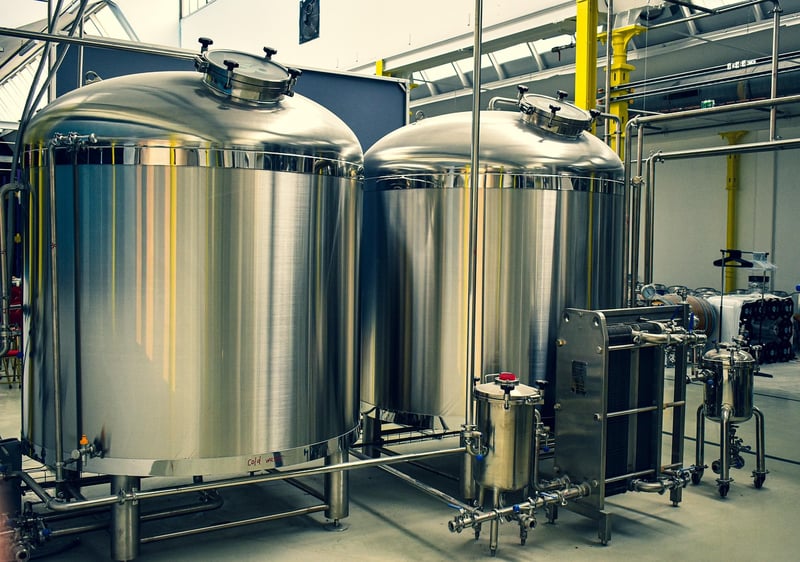Fermentation
Advanced Cooking Methods and Fermentation Techniques
Welcome to our guide on advanced cooking methods and fermentation techniques! Whether you're a seasoned home cook looking to elevate your skills or simply passionate about exploring new culinary horizons, this article is for you. We'll delve into the world of advanced cooking techniques and the art of fermentation, offering insights, tips, and tricks to help you master these culinary practices.
Advanced Cooking Methods
Advanced cooking methods go beyond the basics and introduce innovative techniques that can enhance the flavor, texture, and presentation of your dishes. Here are some advanced cooking methods you can explore:
Sous Vide Cooking
Sous vide cooking involves vacuum-sealing ingredients in a bag and cooking them in a water bath at a precise temperature. This method ensures consistent results and perfectly cooked food every time.

Smoking
Smoking is a technique that infuses food with rich, smoky flavors by exposing it to smoke from burning wood chips. From meats to vegetables, smoking can add a unique depth of flavor to your dishes.

Searing
Searing involves cooking food at high temperatures to caramelize the surface, creating a flavorful crust. This method is commonly used for meats to enhance their taste and appearance.

Fermentation Techniques
Fermentation is a natural process that transforms ingredients through the action of beneficial bacteria, yeasts, or molds. It not only preserves food but also enhances its flavor and nutritional value. Here are some popular fermentation techniques:
Sourdough Starter
A sourdough starter is a mixture of flour and water that captures wild yeast from the environment. This starter is used to make sourdough bread, known for its tangy flavor and chewy texture.

Kombucha Brewing
Kombucha is a fermented tea beverage that is rich in probiotics and antioxidants. Brewing kombucha involves fermenting sweetened tea with a symbiotic culture of bacteria and yeast (SCOBY).

Sauerkraut Making
Sauerkraut is a fermented cabbage dish that is crisp, tangy, and full of probiotics. Making sauerkraut involves fermenting shredded cabbage with salt, allowing the natural bacteria to work their magic.

By exploring advanced cooking methods and fermentation techniques, you can unleash your creativity in the kitchen and create unique, flavorful dishes that will impress your family and friends. So, roll up your sleeves, gather your ingredients, and embark on a culinary adventure!
